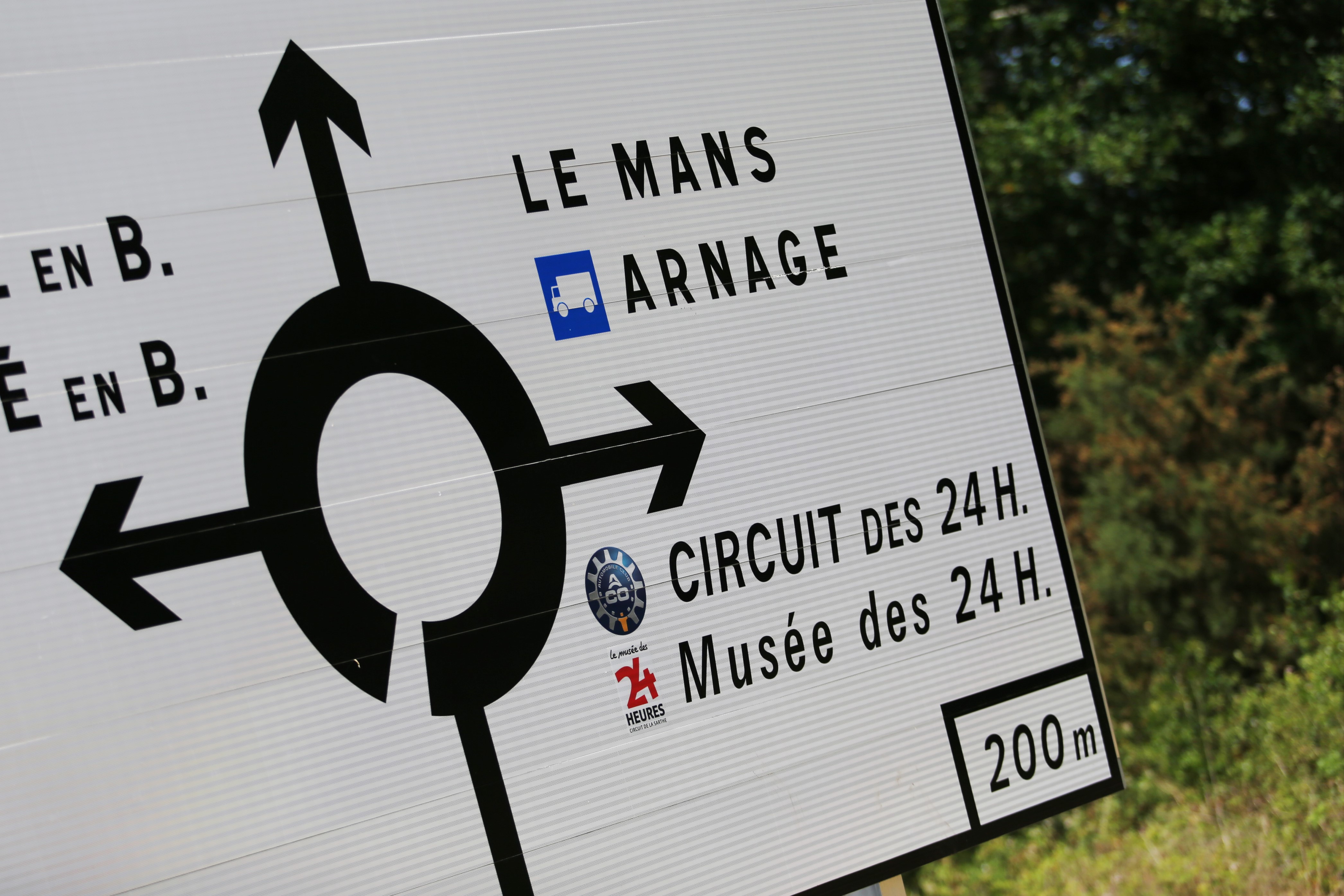The origins of the Le Mans 24 Hours actually transcend the automobile and have a tenuous root in the Wright Brothers’ test flight of their pioneering flying machine around the Le Mans region in 1908.
The new technological adventures of the time had caught the imagination of Georges Durand, a member of the local La Sarthe council who helped to organise a race two years prior, in 1906, won by Hungarian Ferenc Szisz in a Renault.
Further races were run prior to the first world war but it wasn’t until 1923 that the first recognised 24 Hours of Le Mans was held – with Durand being instrumental in organising and promoting the event along with the Automobile Club de I’Ouest.
The motivation to run a true endurance event was for manufacturers to prove the speed and durability of cars that early automotive consumers could buy.
The race was organised specifically for cars that could be purchased on the road and included a rearview mirror, headlights and a horn! Part of the structure from 1923 to 1925 would be a triennial competition known as the Rudge-Whitworth Cup – based on target distances, different for the various cars participating.
This complex system would soon be usurped by who would simply go the furthest. In those terms, that first race – run in late May – had been won by Rene Leonard and Andre Lagache in their Chenard et Walcker.
The original circuit was a 10.726-mile track. This had a loop beyond the present start-finish straight down to the suburb of Pontlieue where there was a hairpin that ran back toward the Tertre Rouge area. But much of the run down the Mulsanne to the Maison Blanche area remains very similar in topography a century on.
Of the 33 entrants only three came from outside France – two from Belgian constructor Excelsior and one from Bentley, who would go on to win five times at La Sarthe in 1927, 1928, 1929, 1930 and 2003.





